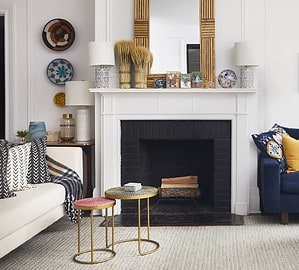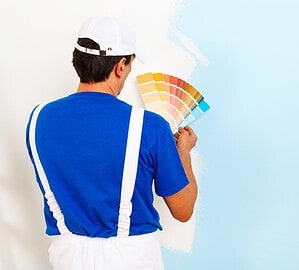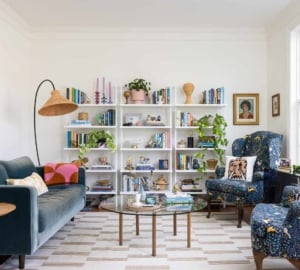Interior decorating fascinates many, and for good reason. It’s an art form where creativity and beauty meet function. We’ll delve into everything you need to know about interior decorating, from understanding the essence, different styles, the importance of color schemes, and how to select furniture, to DIY tips. In this article, you’ll gain an in-depth understanding of these critical aspects.
The Essence of Interior Decorating

Interior decorating involves more than just placing furniture and fixtures into a room. It’s an art that requires a keen eye and a nuanced understanding of aesthetics, space, and function. This discipline underscores the importance of creating an environment that echoes your personality, preferences, and lifestyle while maintaining harmony and balance. You need to understand how different elements, like furniture, color, lighting, and decorations, interact. This know-how helps achieve the right mood, pull spaces together, and enhance functionality.
A well-decorated room can evoke specific feelings—like comfort, tranquility, or energy—reflecting the decorator’s intention. Imagine the possibilities with pendant lighting, an integral part of interior decoration. If you are looking to revamp your space, there is no doubt that pendant lighting is definitely worth considering. With their ability to create a focal point, versatility in placement, and practicality, these lights can truly elevate the look and feel of any room. So, invest in pendant lighting and watch as your space transforms into a stylish and inviting sanctuary.
Understanding the Different Styles in Interior Decorating

Interior decorating boasts an array of styles, each with unique characteristics. Understanding these styles can help you determine which ones align with your personal taste and lifestyle. From traditional, modern, contemporary, and rustic, to bohemian, each style creates a different ambiance and reflects different values. For instance, the modern style features clean lines and neutral colors to portray simplicity and sophistication.
Meanwhile, the rustic style leans more towards natural, rugged beauty, inspired by nature itself. It involves using natural materials, like stone and wood, and natural colors to evoke a cozy, warm feeling. Natural light is usually an integral design element, which is ideal as it offers many benefits. The bohemian style, on the other hand, embraces creativity, color, and non-traditional elements. Discovering these and other styles can be a fascinating journey, revealing the diversity and depth of interior decorating.
How Color Schemes Impact Interior Decorating
![(adsbygoogle = window.adsbygoogle || []).push({});
img](https://cdn.midjourney.com/423c55d6-0d85-44e3-8ad2-5d21cc0c49ac/0_0.png)
Color greatly affects interior decorating. Colors can change our perception of space, evoke different emotions, and even influence our behavior. Generally, lighter colors can make a room feel larger and brighter, while darker ones can give it a warm, cozy feeling. By understanding color psychology, you can utilize colors to create your desired atmosphere.
Color schemes provide a coherent and organized look to your space. There are different types of color schemes, like monochromatic (different shades of one color), analogous (colors next to each other on the color wheel), and complementary (colors opposite each other on the color wheel). Whether you prefer neutral, warm, cool, or vibrant colors, choosing the right color scheme is crucial to achieving a well-decorated, harmonious space.
Tips for DIY Interior Decorating

Do-it-yourself (DIY) interior decorating can be enjoyable and financially beneficial. To succeed, you need to understand the basics of interior decorating, be willing to experiment and have patience. Start with one room at a time. Plan out your design by considering factors like the purpose of the room, lighting, color scheme, and style.
Shop smartly. Consider secondhand stores, flea markets, and sales. Not only can you score deals, but you might also find pieces that add character to your space. Remember, mistakes are part of the process. What seems like a good idea might not always work out as planned—but that’s okay. Be willing to adjust and learn from your mistakes. With time, you’ll develop your own style and skills.
As this blog has demonstrated, interior decorating is an exciting endeavor. It involves creativity, an understanding of design principles, and a personal touch. Whether you’re tackling a DIY project or working with a professional decorator, understanding the elements can help you create a pleasing, functional, and personalized space. Follow our advice and you’ll be well on your way to creating your dream home.



